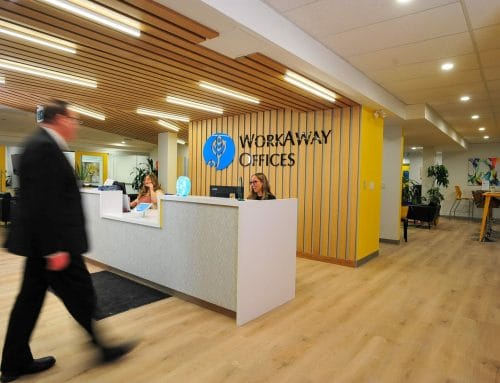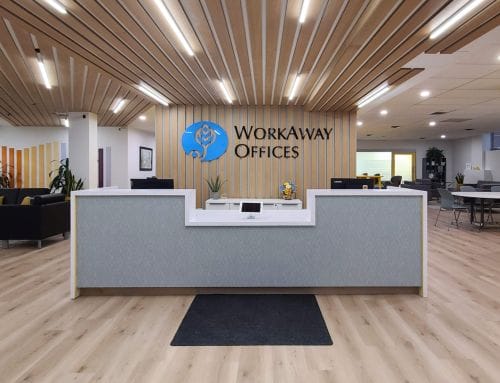As we move further into the 21st century, it’s becoming more and more evident that the traditional workplace is evolving. With advancements in technology, we’re seeing a massive shift in how people live, work and communicate. And one of the most significant changes to come about as a result of this digital transformation is the rise in remote work.
What is remote work, and what are its benefits
Remote work is a term used to describe a situation in which employees work from a location other than the traditional office. This could be from home, a coffee shop, or any other space that allows for productivity.
The benefits of remote work are vast and varied. From the employee’s perspective, remote work can offer more flexibility, autonomy and control over their workday. They’re also able to save money on things like transportation and childcare costs. And for employers, hiring remote workers can be a great way to reduce overhead costs and increase efficiency.
There are, however, some things that both employees and employers need to consider before embarking on a remote working arrangement. For employees, it’s important to have the right tools and resources to be able to communicate effectively with your colleagues, stay organized and make the most out of your remote work situation.
For employers, it’s important to create an environment that fosters collaboration and camaraderie among employees who are spread across all different time-zones. This is key to ensuring a productive and efficient working environment with clear delineation of roles, responsibilities and work processes .
The most important thing in going remote: communication
It’s also vital to create a culture with a focus on trust, accountability, respect and transparency. This will ensure that your remote employees can feel comfortable asking questions without fear of repercussion or judgement. With these things in place, it’s then important to ensure that each of your employees is equipped with the tools they need to be successful.
What you need for remote work success
The right tools and resources will depend on what kind of remote work arrangement you have. For example, if you’re working from home, it’s helpful to have a quiet space with a door that you can close in order to get your best work done. For employees who are working in coffee shops or other public spaces, it’s important to have the right apps, software and hardware in order to be able to communicate effectively with your colleagues.
Additionally, it’s critical that remote workers have access to the right technology to help them stay organized. This includes features like task management software, calendars, to-do lists and communication platforms.
All of these tools can greatly reduce the stress that comes with being a remote worker by helping you organize your time, prioritize tasks and collaborate effectively with your team members. Of course different people will have different needs for different work arrangements, but the most important thing is to have the right tools in place before you start working remotely.
The takeaway
Going remote is becoming an increasingly popular way to work, both for employees and employers alike. With the right tools and resources in place, it can be a great way to increase efficiency and productivity among your team. However, it’s important to make sure that you have a clear plan in place for communication and collaboration before starting out on a remote working arrangement.
As we move further into the 21st century, it’s becoming more and more evident that the traditional workplace is evolving. With advancements in technology, we’re seeing a massive shift in how people live, work and communicate. And one of the most significant changes to come about as a result of this digital transformation is the rise in remote work.
What is remote work, and what are its benefits
Remote work is a term used to describe a situation in which employees work from a location other than the traditional office. This could be from home, a coffee shop, or any other space that allows for productivity.
The benefits of remote work are vast and varied. From the employee’s perspective, remote work can offer more flexibility, autonomy and control over their workday. They’re also able to save money on things like transportation and childcare costs. And for employers, hiring remote workers can be a great way to reduce overhead costs and increase efficiency.
There are, however, some things that both employees and employers need to consider before embarking on a remote working arrangement. For employees, it’s important to have the right tools and resources to be able to communicate effectively with your colleagues, stay organized and make the most out of your remote work situation.
For employers, it’s important to create an environment that fosters collaboration and camaraderie among employees who are spread across all different time-zones. This is key to ensuring a productive and efficient working environment with clear delineation of roles, responsibilities and work processes .
The most important thing in going remote: communication
It’s also vital to create a culture with a focus on trust, accountability, respect and transparency. This will ensure that your remote employees can feel comfortable asking questions without fear of repercussion or judgement. With these things in place, it’s then important to ensure that each of your employees is equipped with the tools they need to be successful.
What you need for remote work success
The right tools and resources will depend on what kind of remote work arrangement you have. For example, if you’re working from home, it’s helpful to have a quiet space with a door that you can close in order to get your best work done. For employees who are working in coffee shops or other public spaces, it’s important to have the right apps, software and hardware in order to be able to communicate effectively with your colleagues.
Additionally, it’s critical that remote workers have access to the right technology to help them stay organized. This includes features like task management software, calendars, to-do lists and communication platforms.
All of these tools can greatly reduce the stress that comes with being a remote worker by helping you organize your time, prioritize tasks and collaborate effectively with your team members. Of course different people will have different needs for different work arrangements, but the most important thing is to have the right tools in place before you start working remotely.
The takeaway
Going remote is becoming an increasingly popular way to work, both for employees and employers alike. With the right tools and resources in place, it can be a great way to increase efficiency and productivity among your team. However, it’s important to make sure that you have a clear plan in place for communication and collaboration before starting out on a remote working arrangement.



